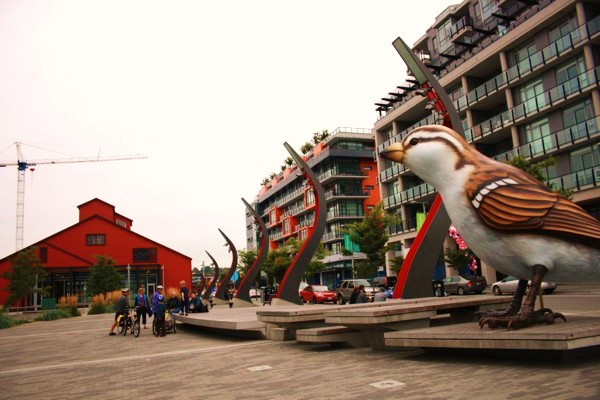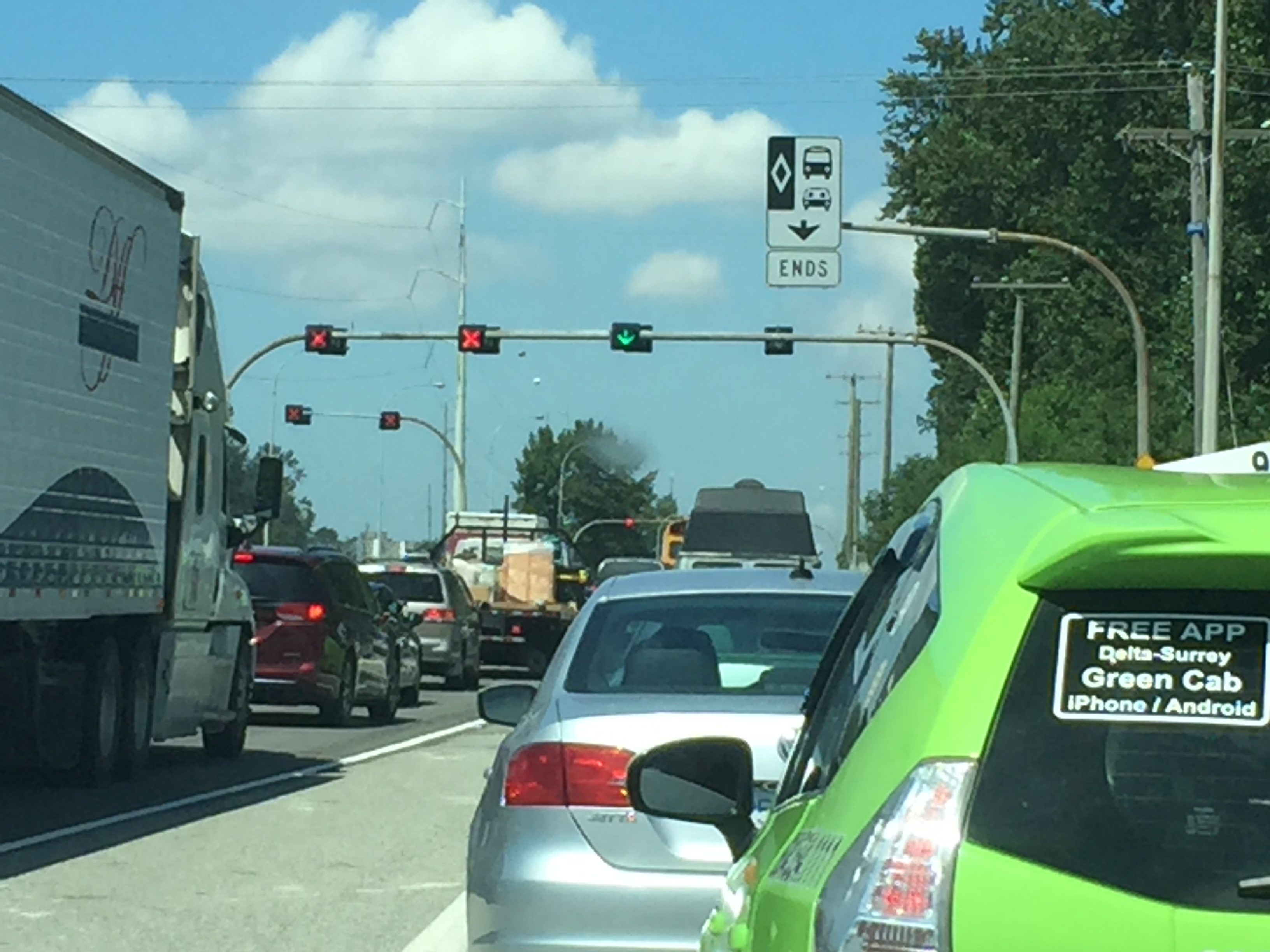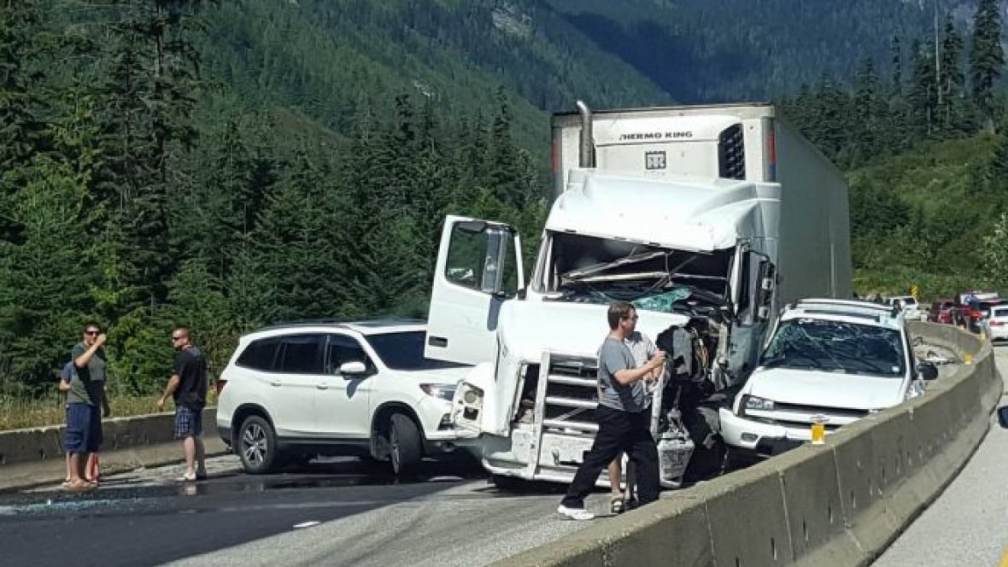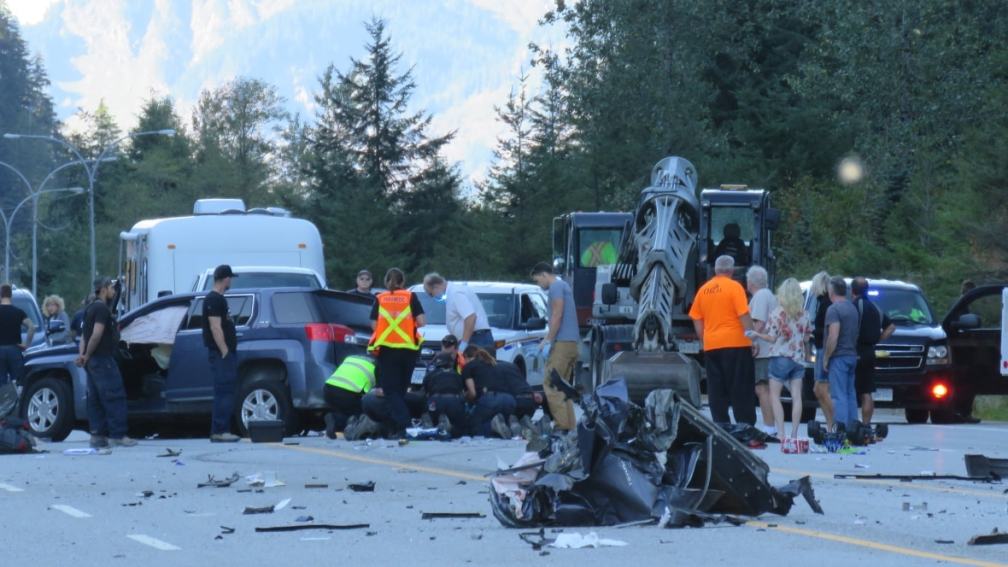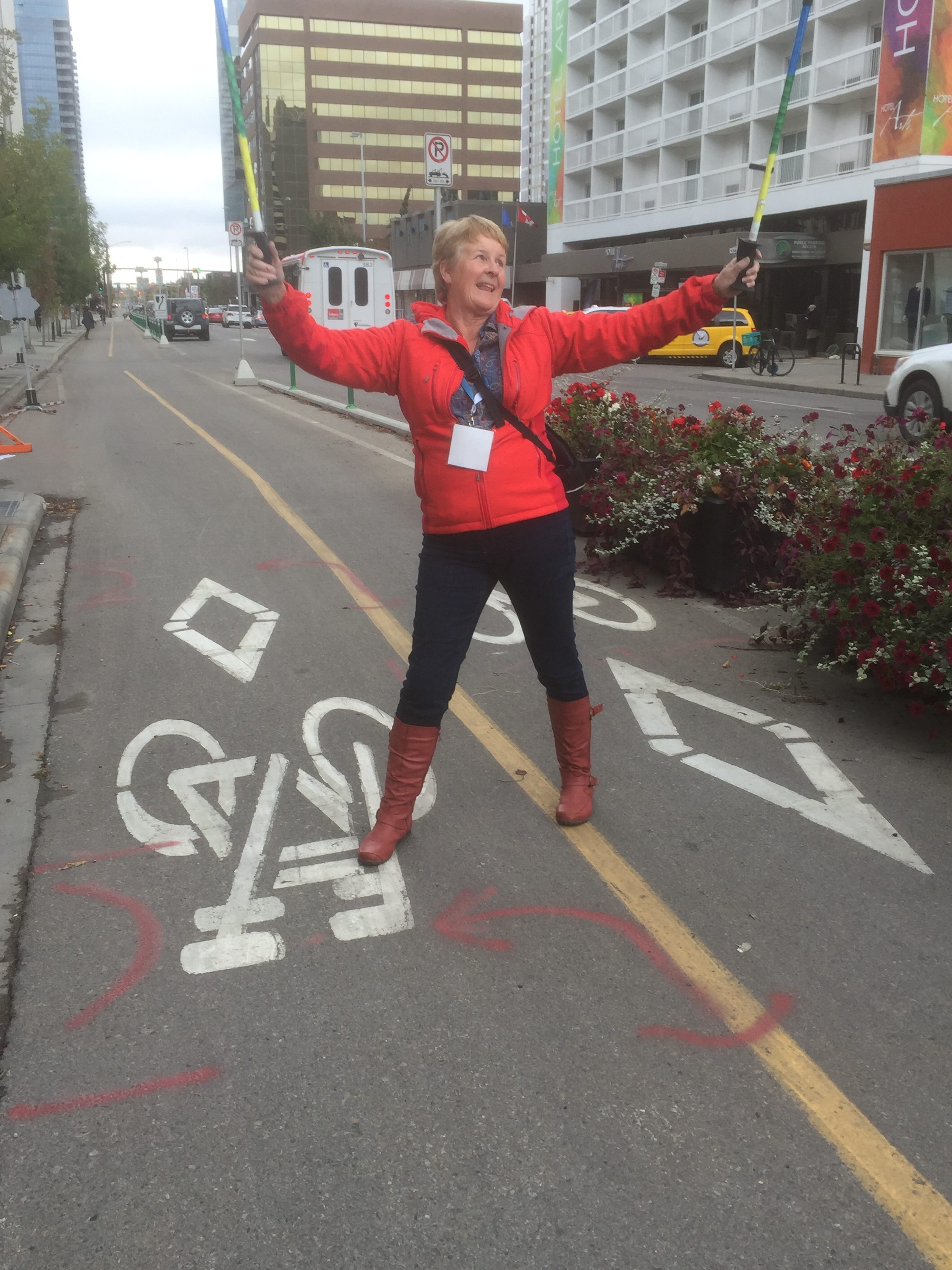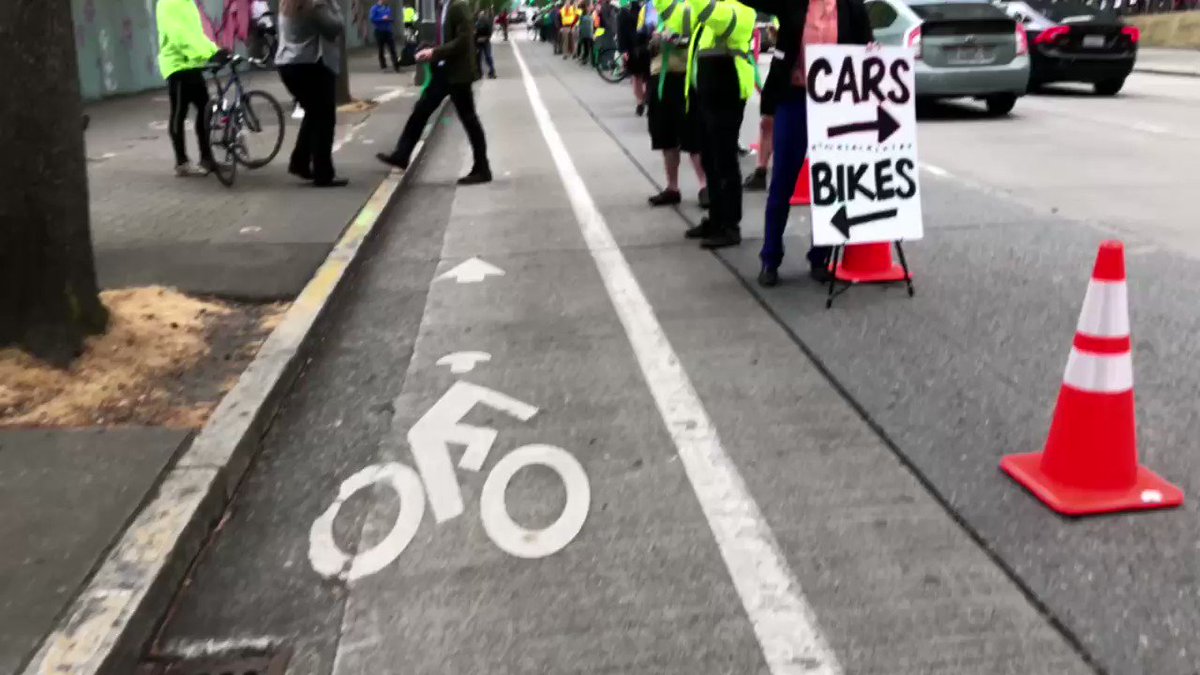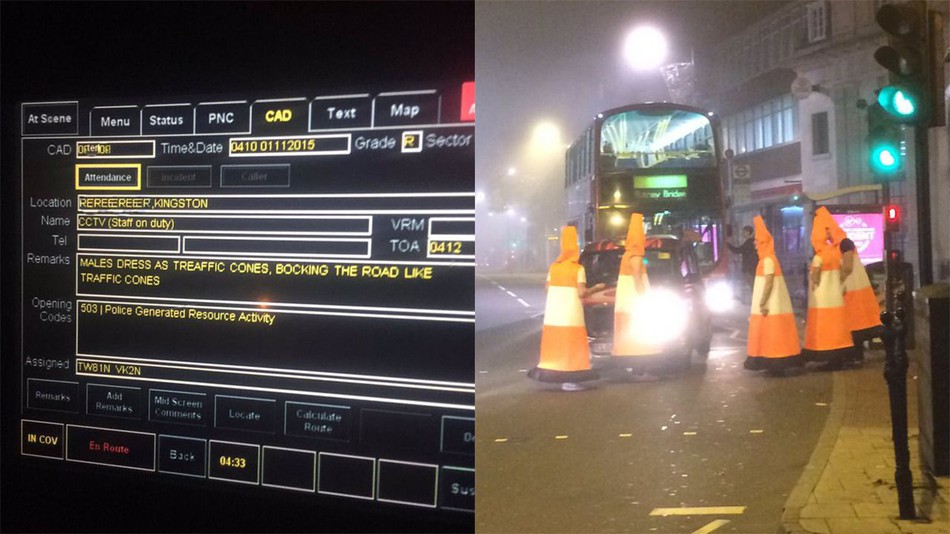
While proposed by the Fire Chief in Surrey as a way to give more parking back to communities, Chief Garis’ willingness to review the sacrosanct five meters of parking clearance required curbside beside fire hydrants opens up the potential for all kinds of new street use. Working for a municipality the requirements for fire hydrant clearances are never questioned, and even in the computer age where every hydrant is tracked and marked on line, even landscaping is ordinanced and suppressed around fire hydrants. Chief Garis questioned the five metre clearances with Surrey’s City Engineer and while he found that most North American by-laws limit parking to five or three metres away from a hydrant, the requirement could be reduced to half of that.As noted in the Vancouver Courier “The National Fire Protection Association in the United States recommends a minimum buffer of five feet, or about 1.5 metres.”
A study showed that parked cars only impeded hydrant access if the setback was two metres or less, and noted that “with the advancement of GPS mapping and related technologies, along with local drivers’ awareness of hydrant locations, visibility is less of an issue in compact urban settings. The space doesn’t need to be large enough for a fire engine to park either, since they rarely pull right up to the curb, and instead block traffic lanes.”
While the Fire Chief saw this as a way to give back space to parking for cars, is this not another opportunity to create more parkettes and widen facilities for pedestrians and cyclists? If there are thousands of fire hydrants in each Metro Vancouver municipality could this not be a way to improve the public realm for active transportation users with benches and other amenities? While the Minister of Transportation is prepared to consider the changes to clearances, the proposal will be going to the Union of B.C. Municipalities for consideration. This might also be an opportune time to explore how else this newly acquired space on almost every block of a municipality can potentially be repurposed to the benefit of pedestrian and cyclists.


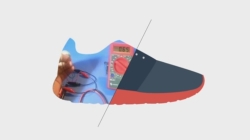
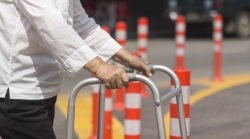

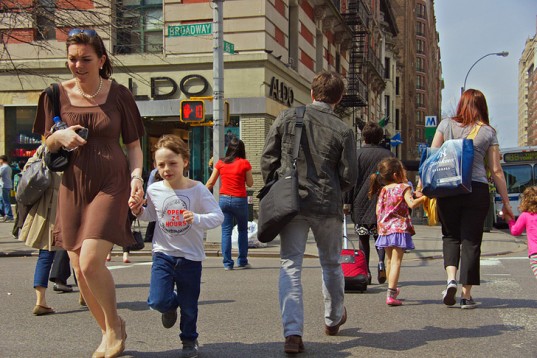
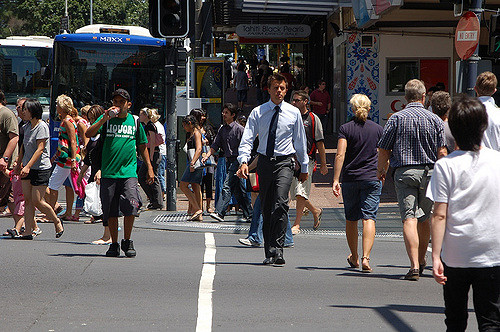
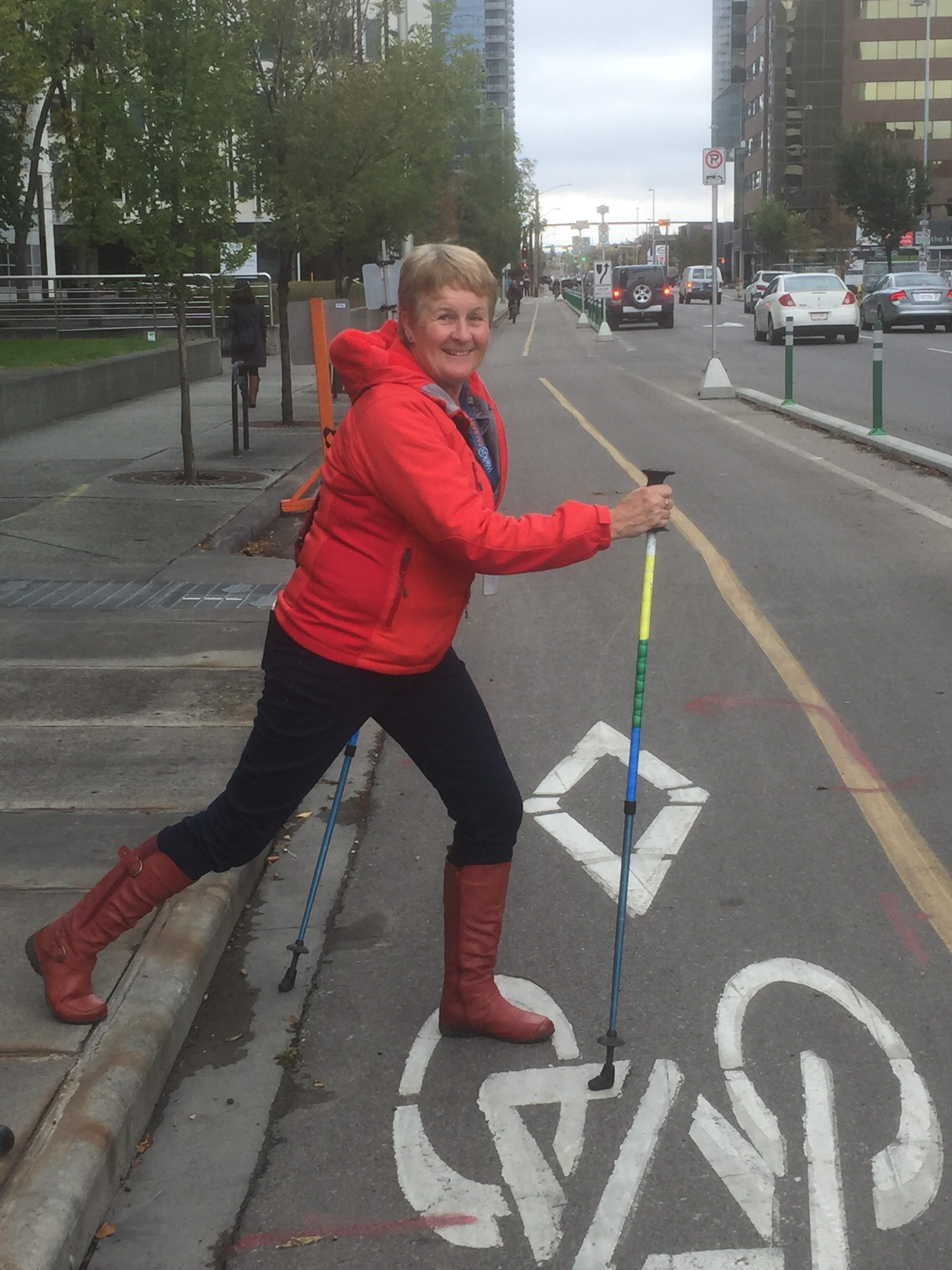

 Image: GlassDoor.com
Image: GlassDoor.com

